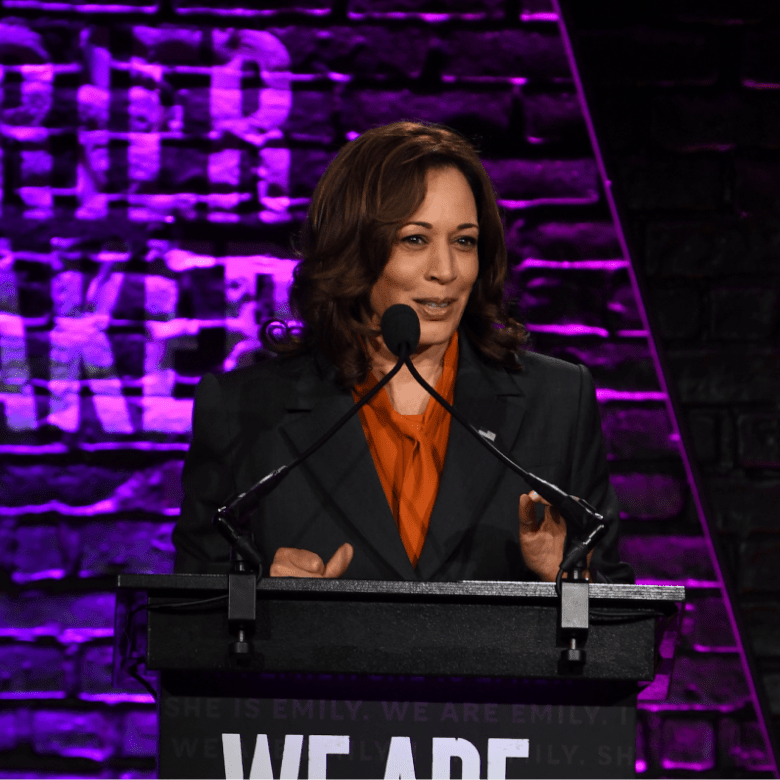More than two-thirds of female House candidates won their primary races on Tuesday
Vox: More than two-thirds of female House candidates won their primary races on Tuesday
By: Ella Nilsen
Women had a very good night in Tuesday’s primaries in Ohio, Indiana, North Carolina, and West Virginia.
Democratic women, in particular, had a great showing in all four states. Twenty-two Democratic female candidates won their respective primaries (including four incumbents). Five Republican women candidates were the winners of their primaries (including three incumbents).
In a year in which a record number of women stepped up to run for the House of Representatives, the first big primary night of 2018 shows that women aren’t just running — they’re winning.
More than two-thirds of female House candidates won their primary races on Tuesday. This tracks with previous research that shows women are just as likely to win as male candidates; they just tend to run at lower rates.
This result also follows the Texas primaries in March, during which female candidates made it into the runoff in many top races, including for governor and a number of key congressional races that Democrats believe are competitive in this year. Female candidates in Texas include Lupe Valdez for governor, Laura Moser and Lizzie Pannill Fletcher competing for the runoff in TX-7, Gina Ortiz Jones in TX-23, and Lillian Salerno in TX-32.
Out of 32 Texas congressional districts, 24 Democratic female candidates either won or made it into the top two spots for runoff elections later this month.
“I think it’s exciting. I think we have the potential to send five or more” women to Congress, said Fletcher when I interviewed her recently. “I feel like women are doing that in droves; it’s really exciting to be a part of that.”
Throughout the evening on Tuesday, it was clear that women candidates were leading the pack in their states. A little before 10 pm, Politico editor Scott Bland tweeted that 17 women were in first place in 19 open Democratic primaries for the House.
Here are the Democratic women who won their House primaries in each state:
Indiana
- Courtney Tritch (IN-3)
- Tobi Beck (IN-4)
- Dee Thornton (IN-5)
- Jeannine Lake (IN-6)
- Liz Watson (IN-9)
North Carolina
- Linda Coleman (NC-2)
- D.D. Adams (NC-5)
- Kyle Horton (NC-7)
- Incumbent Rep. Alma Adams (NC-12)
- Kathy Manning (NC-13)
Ohio
- Jill Schiller (OH-2)
- Incumbent Rep. Joyce Beatty (OH-3)
- Janet Garrett (OH-4)
- Shawna Roberts (OH-6)
- Vanessa Enoch (OH-8)
- Incumbent Rep. Marcy Kaptur (OH-9)
- Theresa Gasper (OH-10)
- Incumbent Rep. Marcia Fudge (OH-11)
- Betsy Rader (OH-14)
- Susan Moran Palmer (OH-16)
West Virginia
- Kendra Fershee (WV-1)
- Talley Sergent (WV-2)
Here are the Republican women who won their House primaries in each state:
Indiana
- Incumbent Rep. Jackie Walorski (IN-2)
- Incumbent Rep. Susan Brooks (IN-5)
North Carolina
- Incumbent Rep. Virginia Foxx (NC-5)
- Ohio
- Beverly Goldstein (OH-11)
West Virginia
- Carol Miller (WV-5)
Women are running in droves in 2018
Earlier this year, the Associated Press found that the number of women running for the US House of Representatives this year broke a record: 309 women, Republicans and Democrats alike, filed candidacy papers to run for the House, eclipsing the previous record of 298 set in 2012, according to data from the Center for American Women and Politics at Rutgers University that the AP analyzed. That number is likely to grow.
Many female candidates said they were spurred to run by the election of President Donald Trump, coupled with the realization that they could not let women’s issues be decided by men.
“That was a big thing for me last spring, watching men talking about defunding Planned Parenthood,” Fletcher told me. “If women were having that conversation, I think the outcomes would be different.”
And as the results on Tuesday night showed, far more Democratic women are running than Republican women.
The current representation of women and men in Congress is severely lopsided. Women make up less than 20 percent of Congress. Out of 535 total members, there are just 22 women senators and 83 women representatives. To be sure, the historic number of women candidates is still outnumbered by men running in 2018.
Women in 2018 aren’t just running for Congress — they’re running for all levels of government, from local to federal. Emily’s List, the PAC focused on electing female candidates who support abortion rights, released numbers showing that 34,000 women interested in running for office have reached out to the organization. (Not all of those women will ultimately run.) That is an astronomical increase in the number of women interested in running for office who contacted Emily’s List during the 2016 campaign, which numbered about 920.
“I think Trump’s victory proved to women — if you did not support him — you could draw two conclusions,” Jennifer Palmieri, a former top Hillary Clinton aide, recently told me in an interview. “One: Women were only meant to go so far, and men like that were meant to win in America, or we were playing by an outdated set of rules that women politicians and women in business followed for decades.”
